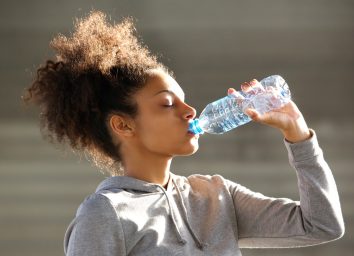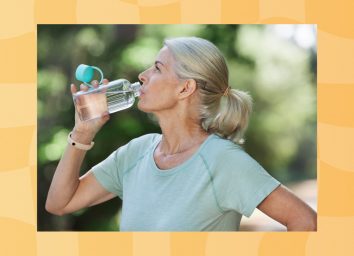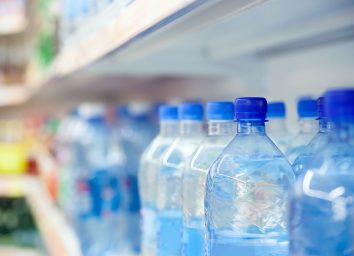5 Ways to Make Sure Your Water Is Safe to Drink
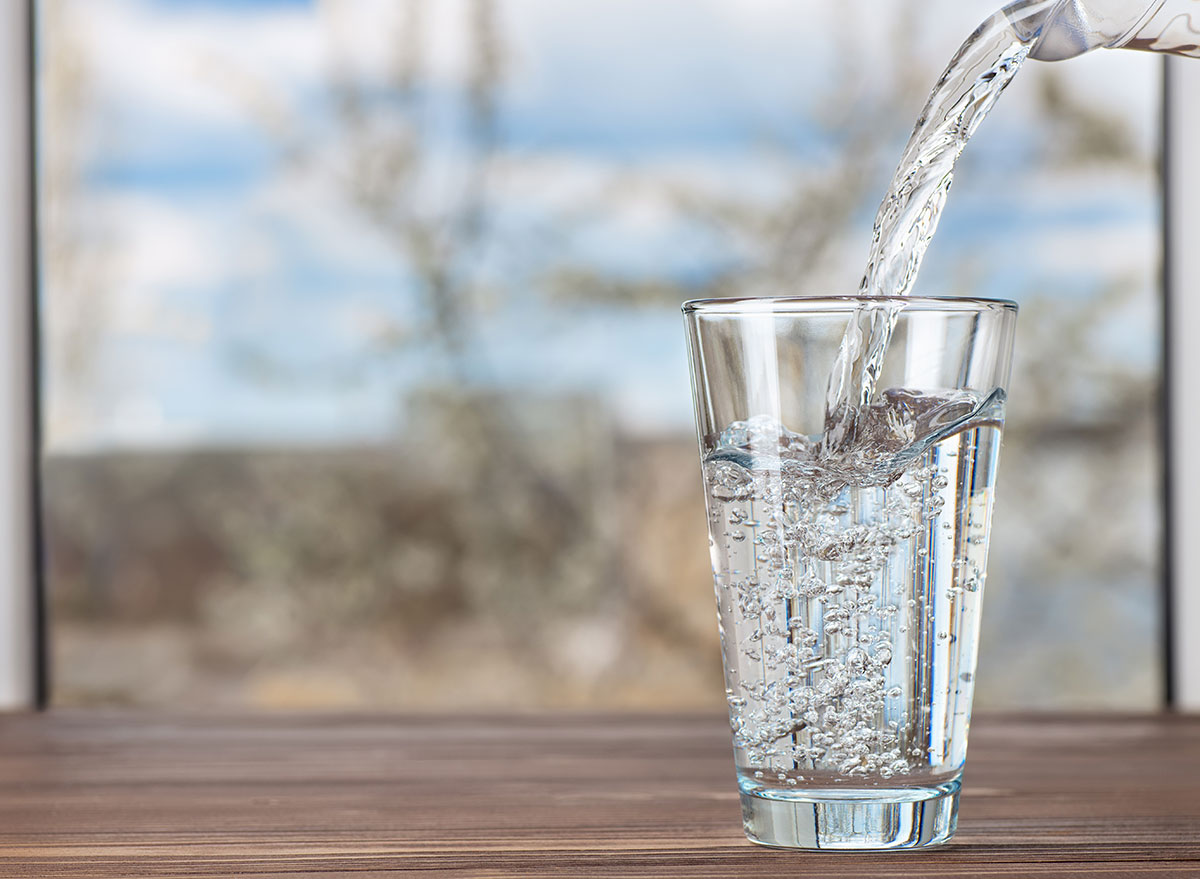
More than 14 million people don’t have access to safe drinking water after a deadly winter storm ripped through Texas. To complicate matters, countless residents in the Lone Star State are also currently living without electricity and heat.
In light of this emergency, we wanted to share five ways to make sure your water is safe to drink so you don’t risk becoming severely ill. And then, don’t miss our 100 Easiest Recipes You Can Make when you have limited resources.
Boil water

Many parts of Texas, including the densely populated cities of Austin, Houston, and San Antonio, will remain under a boil water notice until Monday, according to The Wall Street Journal. If you don’t have safe bottled water readily accessible, the next best thing to do is boil water so that it’s safe for drinking.
Boiling water is the best way to kill any organisms that could cause disease, including bacteria, parasites, and viruses, according to the Centers for Disease Control and Prevention (CDC). If it is cloudy, be sure to filter the water through a clean cloth, coffee filter, or paper towel before boiling it. Alternatively, just allow it to settle.
Next, bring the now clear water to a rolling boil for one minute. (If you live at elevations above 6,500 feet, boil for three minutes.) Finally, sort the boiled water in clean sanitized containers with tight covers.
Purchase a DIY water test kit
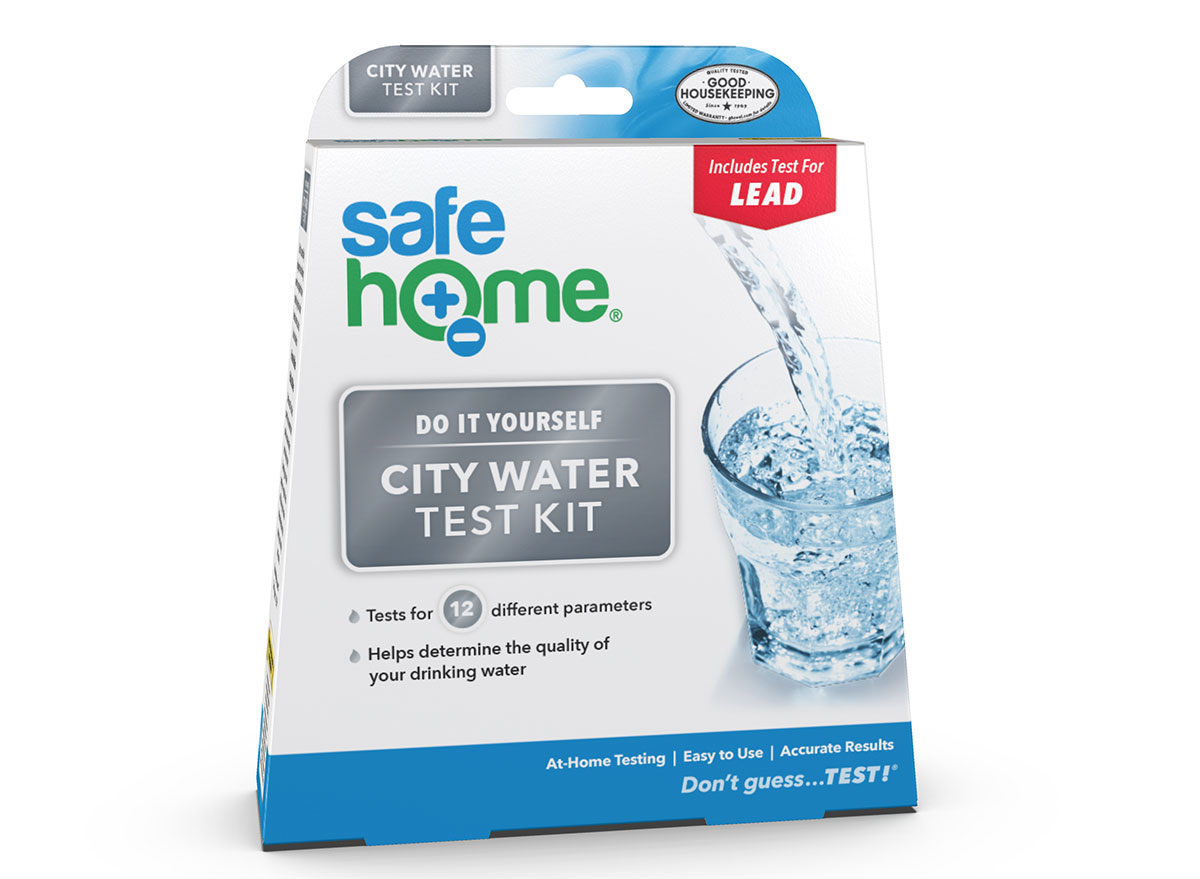
If your city currently isn’t under a boil water notice, but you want to check your water supply for good measure, consider purchasing an at-home water test kit like this one from Safe Home. This DIY test kit screens your drinking water for 12 contaminants that could be present even in treated water supplies.
For more, check out How to Tell if Your Tap Water is Contaminated.
Send in a water test kit
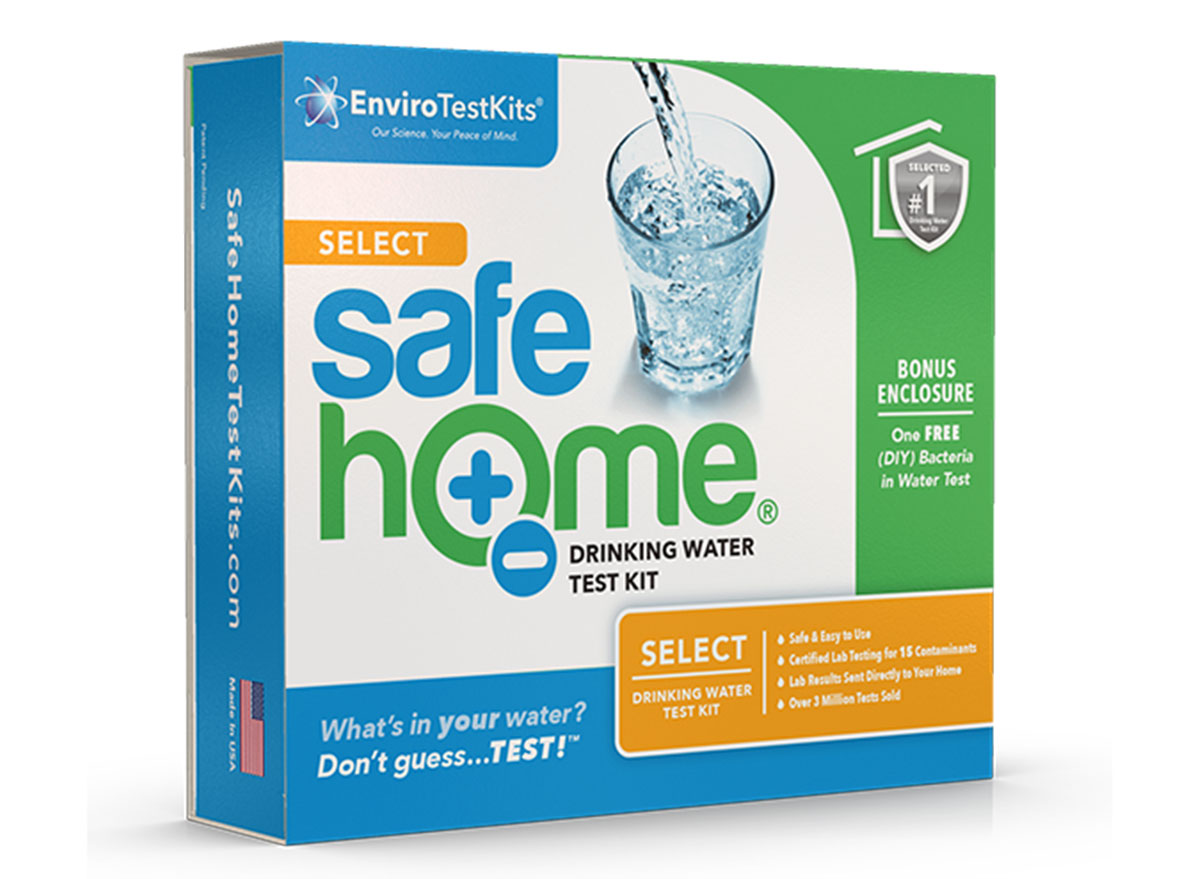
If you have access to plenty of water bottles or are able to boil water consistently, you could send in a water test kit for scientists to screen. The turnaround for test results is seven to 10 business days, but this test kit does include a DIY bacteria test kit to help you rule out E. coli. The send-in portion will screen for 15 contaminants, and the return shipping is completely free.
Use a disinfectant

First thing’s first: We’re not suggesting in any way that you should drink bleach. If boiling water isn’t an option and your supply of bottled water is running low, another alternative the CDC suggests is to make small quantities of filtered (and settled) water by using unscented household liquid chlorine bleach.
After cloudy water has been filtered, add a few drops of bleach using a medicine dropper or teaspoon and stir. The CDC has specific guidelines covering how much bleach can safely be added to a water supply, which you should carefully follow.
But disinfectants aren’t as effective in controlling parasites. Additionally, if your water has been contaminated with a chemical, adding a disinfectant to it will not make it safe for drinking.
Stock up on water bottles
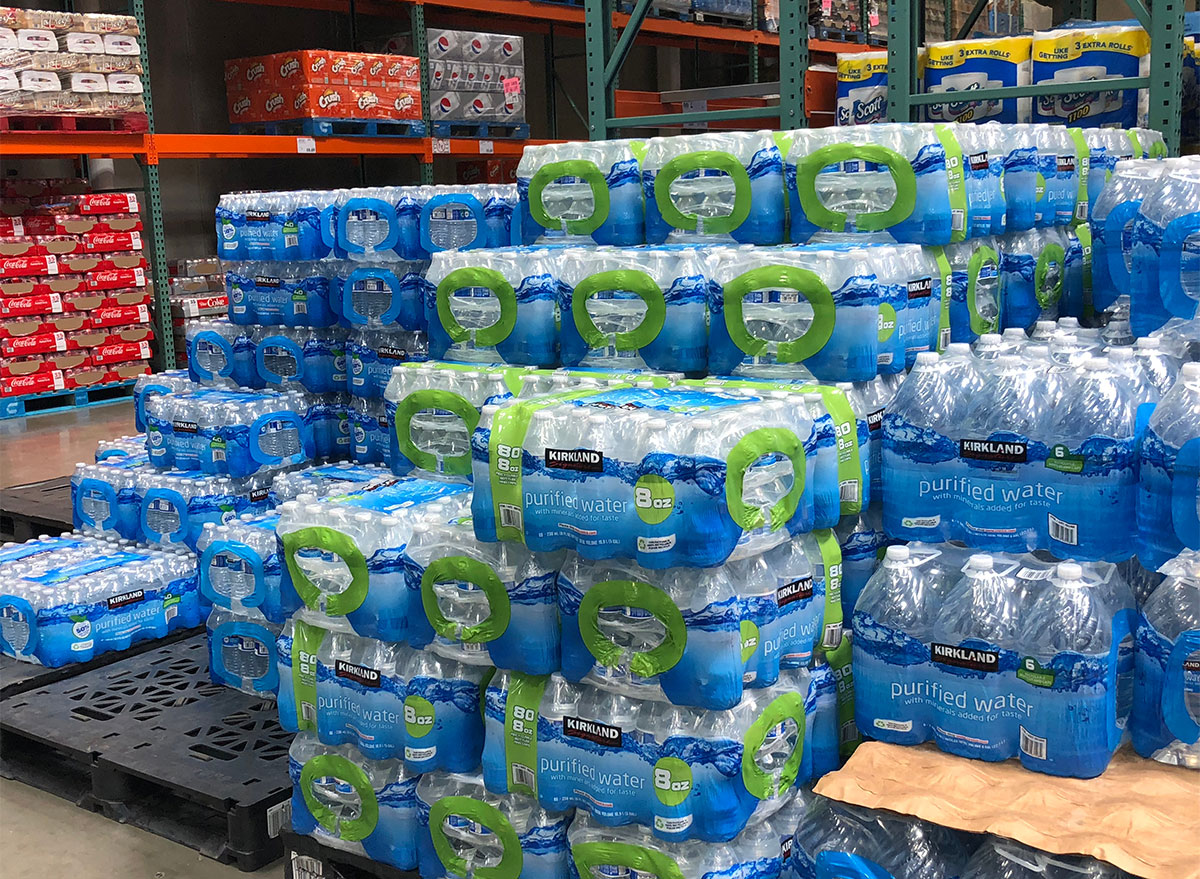
When in doubt, stick to water bottles if you have any suspicion about the water you’re drinking. If you have access to plastic water bottles, this is by far the safest method.
For more, be sure to check out What to Do If You Live in a Food Desert.
